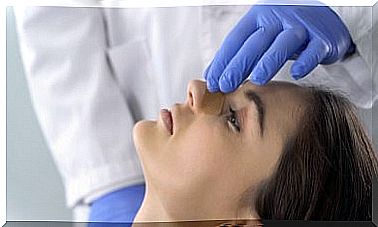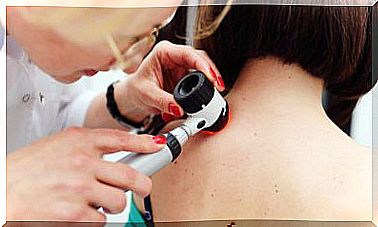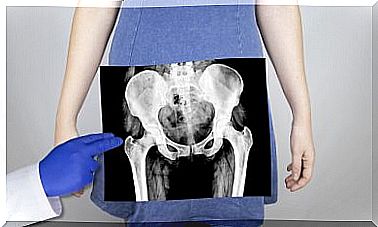Ventricular Preexcitation Syndrome
Ventricular preexcitation syndrome is a complex cardiac disorder. In fact, it encompasses different pathologies that consist of a part of the heart (the ventricle) contracting earlier than it should. In this way, the entire heart rate is altered.
The heart is the organ that is responsible for pumping blood so that it reaches all parts of the body. It works thanks to electrical impulses that contract the muscle in a rhythmic and coordinated way.
In this way, the normal sequence is that the upper chambers, called atria, contract first, thus the blood passes to the ventricles. The latter, when contracting, push the blood towards the large blood vessels. Then, the circulation is distributed throughout all body tissues.
The problem is that when this mechanism is disturbed, the distribution of the blood can be affected. In this article we explain what happens in ventricular preexcitation syndrome and why it is so important to know it.
What is ventricular preexcitation syndrome?
The heart works by electrical impulses. The impulse is generated in a specific area of the right atrium, called the sinus node. From there, it is transmitted to the other atrium and ventricles, so that they contract in a coordinated manner.
What happens in ventricular preexcitation syndrome is that an electrical impulse reaches the ventricle earlier than normal. Thus, the lower area of the heart contracts early and alters the natural rhythm of the heart muscle.
The origin is the existence of an anomalous conduction path. That is, there is a different path by which the impulses go to the ventricle. That is why people who suffer from it have a greater tendency to present tachycardias or arrhythmias.
When an arrhythmia occurs, the heart may not pump blood strongly enough to all parts of our body. You are even more susceptible to cardiac arrest. This is why it is so important to detect these abnormalities early and fix them.

What are the ventricular preexcitation syndromes?
Different pathologies are encompassed within the ventricular preexcitation syndrome. First, we find Wolff Parkinson White syndrome. It is a pathology that affects around 4 people out of every 100,000 inhabitants of the world.
This ventricular preexcitation syndrome is usually detected incidentally. Although it is true that in many cases tachycardias and symptoms appear, there are also many people who are asymptomatic. In addition, it is not usually life-threatening.
The most frequently occurring symptoms are palpitations, a feeling of fatigue and anxiety. It is also common to find shortness of breath, dizziness, and even chest pain.
The problem is the complications that arise from the syndrome. If the heartbeat is too fast or arrhythmic, fainting and even sudden cardiac arrest will ensue.
Another ventricular preexcitation syndrome is Lown-Ganong-Levine syndrome. It affects 1 in 50,000 people and shares many similar traits with the previous one. However, its characteristics are still being studied further. It has not been shown that there is an increased risk of sudden death.

Should these syndromes be treated?
Most cases are discovered by chance, since they do not produce any symptoms. Therefore, the need for treatment depends on the severity of the pathology, the symptoms and the arrhythmia that occurs.
If therapy is necessary, there are different options. Some patients are prescribed antiarrhythmic or other medications that slow the heart rate. Another alternative is to intervene surgically to remove the accessory pathway causing the misplaced heartbeat.
Arrhythmias are serious
Arrhythmias, although they may go unnoticed, need medical attention. They constitute cardiological conditions of extreme care, and even more so if the alteration is anatomical, that is, there are changes in the conformation of the heart.
In ventricular pre-excitation syndrome, the heart rhythm can be altered, and if it happens repeatedly or intensely, the patient will approach conditions of fainting or cardiorespiratory arrest. If you have abnormal heartbeats, then see a cardiologist as soon as possible.









